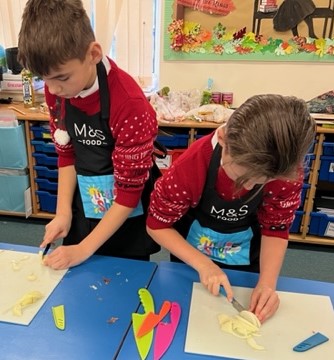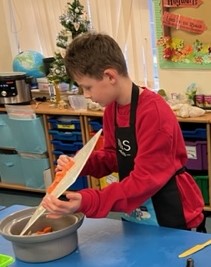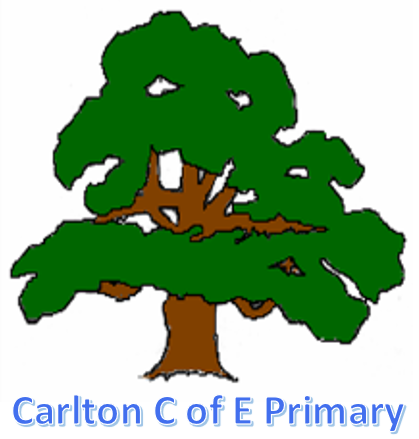DT
Design and Technology
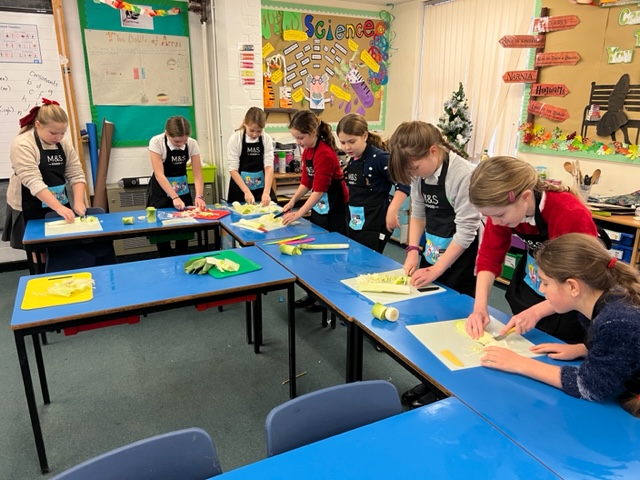
DT Co-Ordinator: Mrs Aleshia Frost
Design Technology curriculum Vision:
At Carlton Primary School our vision for Design and Technology aligns with the schools’ overall intent statement because we provide our children with exciting, engaging and broad learning experience to build upon skills and knowledge. We make links, where relevant- to produce projects that align with our Christian values and we aim to address potential barriers to learning to allow all children to reach their full potential.
What do we want to achieve?
Carlton’s Design and Technology programme of study offers a coherently planned sequence of lessons to help teachers ensure they have progressively covered the knowledge, understanding and skills required in the National Curriculum. It aims to inspire children through a broad range of practical experiences to create innovative designs which solve real and relevant problems within a variety of different contexts. The iterative design process is fundamental and runs throughout the units. This iterative process encourages children to identify real and relevant problems, critically evaluate existing products and then take risks and innovate when designing and creating solutions to the problems. As part of the iterative process, time is built in to reflect, evaluate and improve on prototypes using design criteria throughout to support this process. Opportunities are provided for children to evaluate key events and individuals who have helped shape the world, showing the real impact of design and technology on the wider environment and helping to inspire children to become the next generation of innovators.
How will we do this?
Design and Technology skills and understanding are built into lessons, following an iterative process. However, this is not to say that this structure should be followed rigidly: it allows for the revision of ideas to become part of good practice and ultimately helps to build a depth to children's understanding. Through revisiting and consolidating skills, the sequence help children build on prior knowledge alongside introducing new skills, knowledge and challenge. There are a specific series of lessons for each key stage, which offer structure and narrative but are by no means to be used exclusively, rather to support planning. The revision and introduction of key vocabulary is built into each lesson. Adult guides and accurate design and technology subject knowledge are always provided within lessons to allow the teacher and adults working in those lessons to feel confident and supported with the skills and knowledge that they are teaching.
Through these lessons, we intend to inspire pupils and practitioners to develop a love of Design and Technology and see how it has helped shaped the ever-evolving technological world they live in.
What outcome do we want for our children?
The impact of using the full range of resources, including display materials, will be seen across the school with an increase in the profile of Design and Technology. The learning environment across the school will be more consistent with design and technology technical vocabulary displayed, spoken and used by all learners. Whole-school and parental engagement will be improved through the use of design and technology-specific home learning tasks and opportunities suggested in lessons and overviews for wider learning. We want to ensure that Design and Technology is loved by teachers and pupils across school, therefore encouraging them to want to continue building on this wealth of skills and understanding, now and in the future. Impact can also be measured through key questioning skills built into lessons, child-led assessment such as success criteria grids, jigsaw targets and KWL grids and summative assessments aimed at targeting next steps in learning.
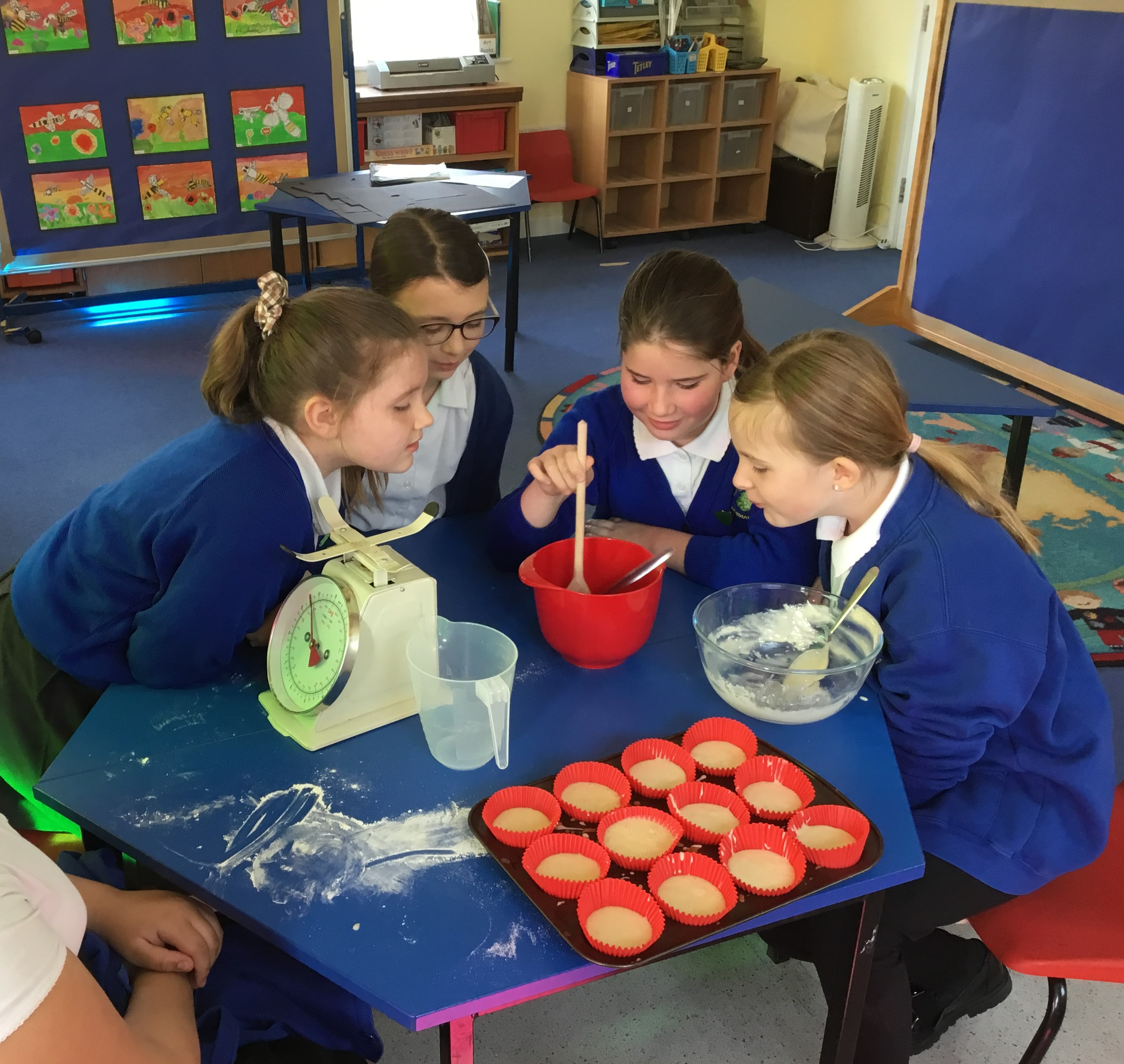
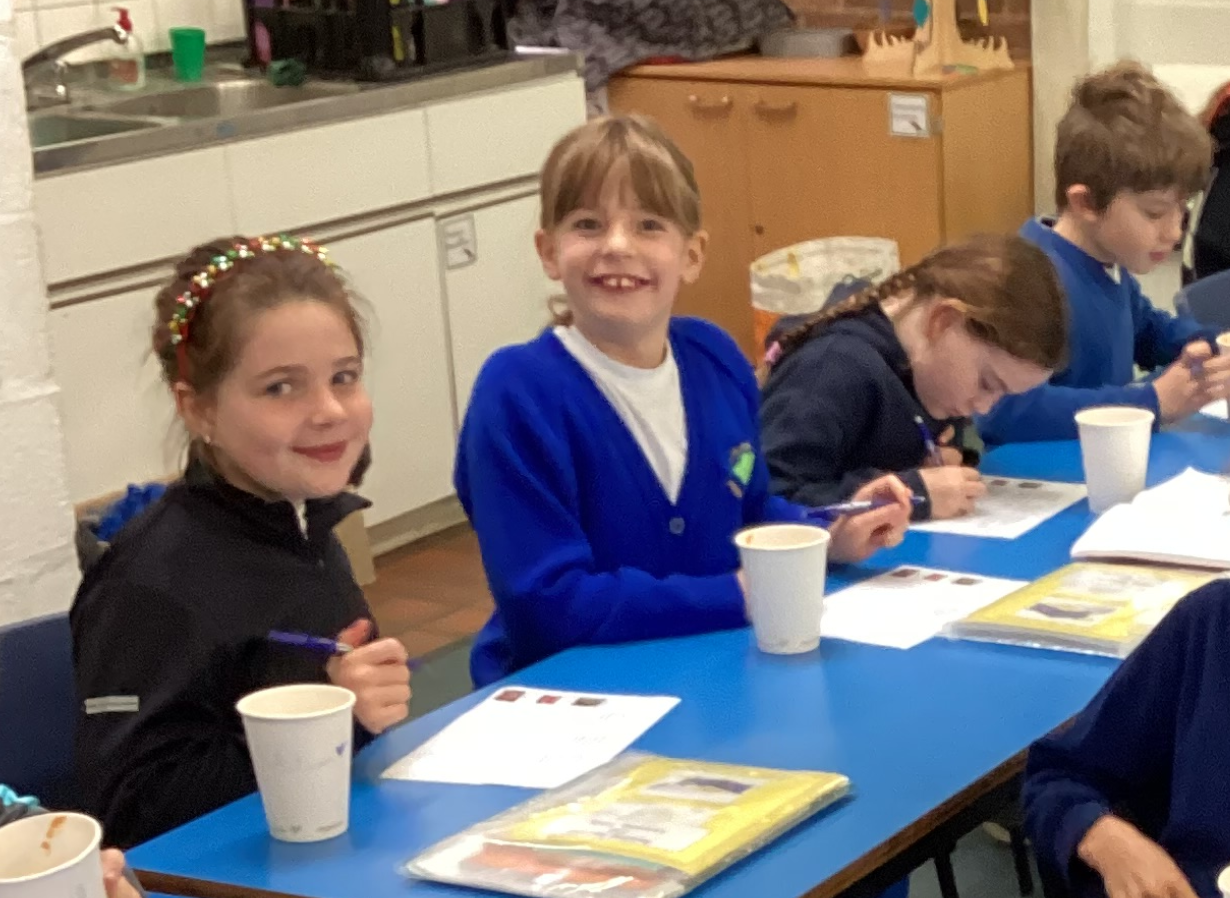
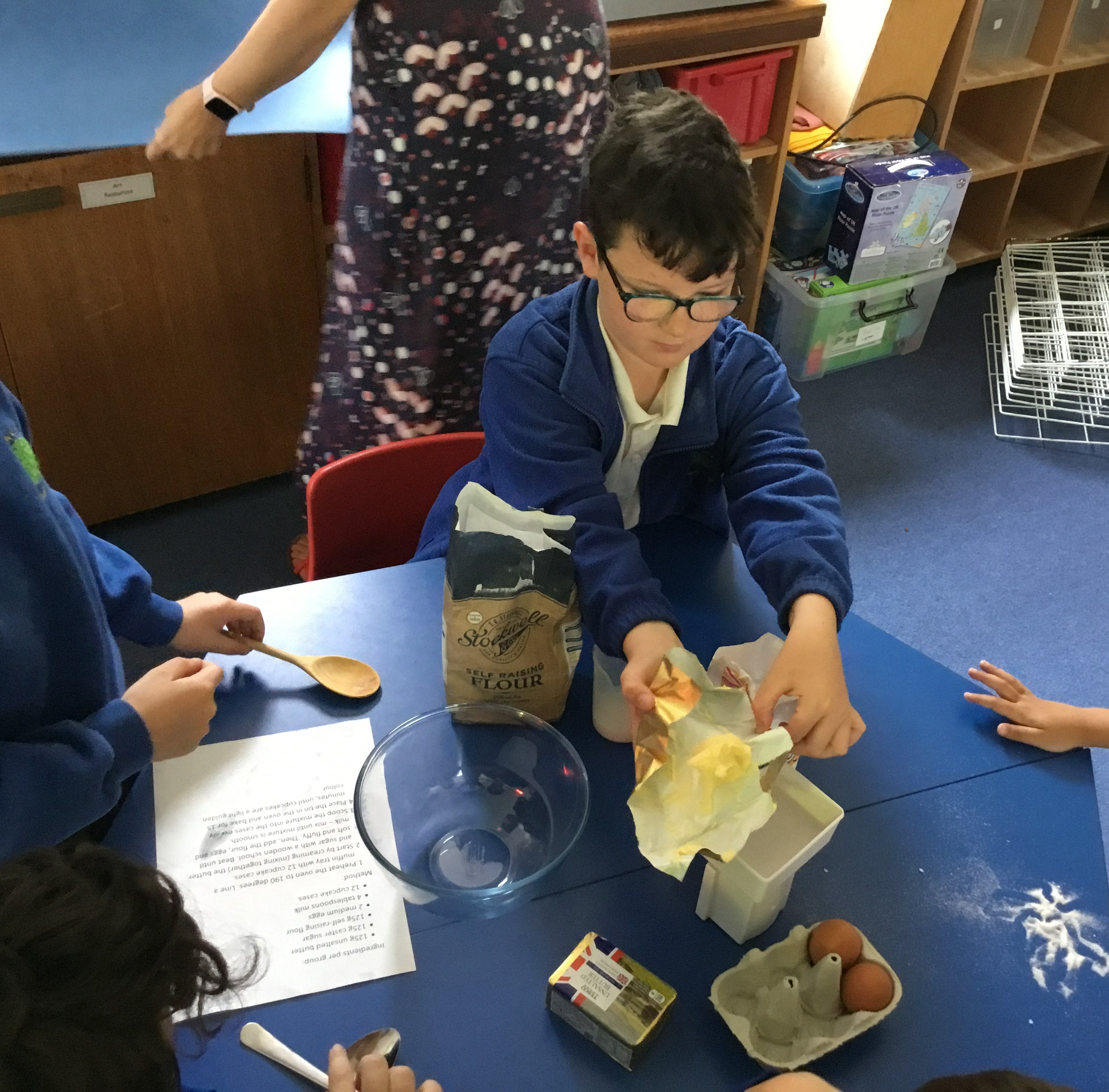
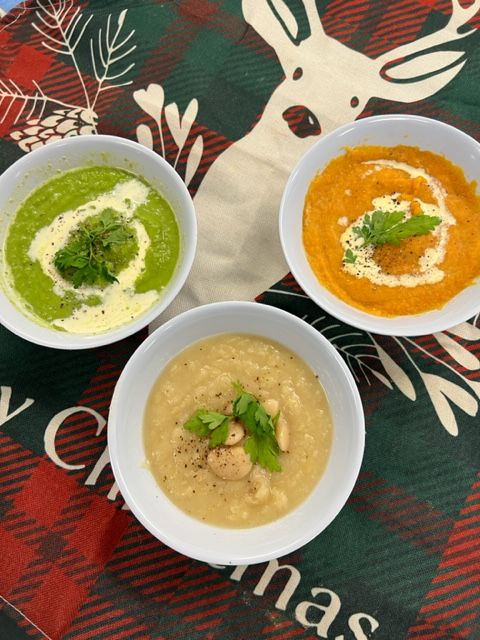
Carrot and lentil and Pea soup.
Inspired by WW1 recipes.
